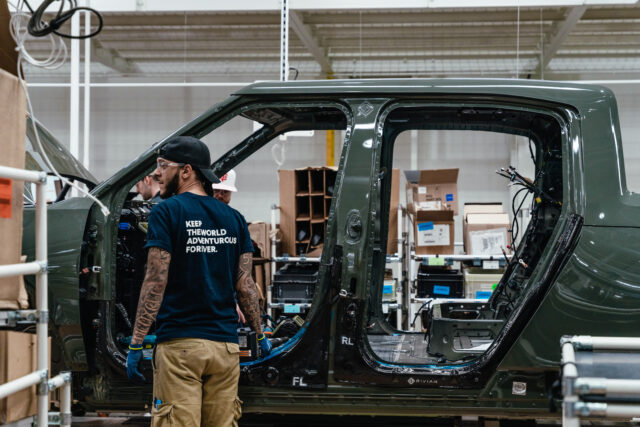New orders for capital goods made in the U.S. increased more than expected in August suggesting businesses accelerated their pace of spending on equipment even as the Federal Reserve sought to slow the economy by tightening financial conditions.
Orders for non-defense capital goods excluding aircraft, which are considered a proxy for business spending plans, rose by a robust 1.3 percent last month. These so-called core capital goods orders were up 0.7 percent in July and one percent in June. Year to date, orders are up 9.7 percent compared with the first eight months of 2021.
The figure was far above the 0.2 percent forecast by economists.
The data are not adjusted for inflation. The Produce Price Index for private capital equipment rose 0.5 percent in August and are 9.3 percent above the year ago level. This suggests that rising prices have made a major contribution to the rise in durable goods orders over the past year.
Last week’s Empire State Manufacturing Survey, conducted by the Federal Reserve Bank of New York, showed manufacturing activity in New York state had leveled off after a steep decline in August. The measure of new orders edged into positive territory. The Philadelphia Fed’s survey showed manufacturing activity was declining in the regional bank’s territory, which covers Delaware, southern New Jersey, and eastern and central Pennsylvania. New orders were down as were plans for capital expenditures.
The Dallas Fed released the results of its manufacturing survey on Monday. It showed a pick up in production but a decline in new orders. The measure of capital expenditures declined but continued to indicate growth. The survey’s measure of general business conditions deteriorated.
Economists have been expecting U.S. manufacturing to slow as consumers rebalance spending from goods to services. What’s more, slumping economies in Europe are expected to hit demand.
Overall orders for durable goods fell 0.2 percent, better than the 0.4 percent decline forecast by economists surveyed by Econoday. This followed a 0.1 percent decline in July. Orders for civilian aircraft, a very volatile category, fell 18.5 percent. Orders for defense aircraft were up 31.2 percent. Orders for defense capital goods were up 10.1 percent, likely reflecting a surge in military spending to support Ukraine in its war with Russia.
Orders for cars and trucks were up 0.3 percent as were shipments, suggesting some normalization in a category that has been severely hit by supply chain constraints.
The surge in core capital goods orders suggests an acceleration in the economy in August despite four Fed rate hikes, including two consecutive 75 basis point hikes. The Federal Reserve last week announced a third 75 basis point hike. Ongoing demand from businesses for goods could support another 75 basis point hike when the Fed meets again in November.

COMMENTS
Please let us know if you're having issues with commenting.